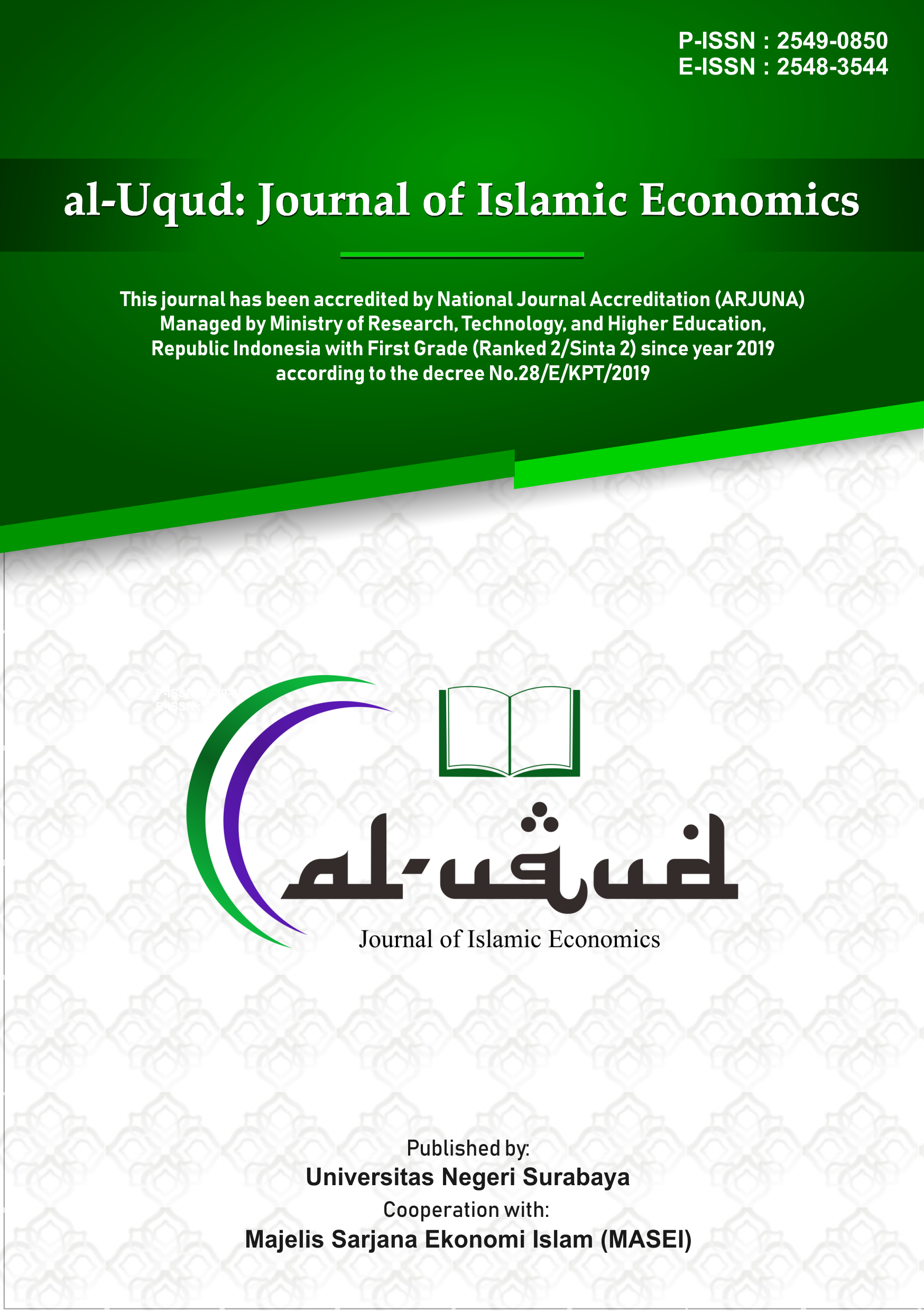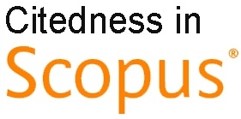Economic development on Madura Island through halal tourism: A business feasibility study
DOI:
https://doi.org/10.26740/aluqud.v6n2.p289-303Keywords:
Feasibility study, Financial Feasibility, Halal tourismAbstract
The main objective of this research is to analyze the business feasibility of a halal tourism destination in Madura, exclusively Lon Malang Beach. The analysis includes technical, social economic, and financial feasibility study. The financial analytical method used in this study is Investment Feasibility Analysis includes Payback Period (PP), Net Present Value (NPV), and Benefit Cost Ratio (BCR). The investment feasibility analysis is used to determine the level of return-on-investment alternatives, assess investment alternatives, and determine priorities for investment, thus avoiding investments that only waste resources. The measurement results show that the Payback Period (PP) is in the 9th year, which means that in 9 years, this project will have a return on investment. NPV values greater than 0 and BCR of more than 2 indicate that the Lon Malang tourism development project is feasible. This research is the first research to bring ideas about a feasibility study in halal tourism sectors. This research enriches the knowledge and research on feasibility studies of halal tourism sectors. This research is said to bring important information in decision-making, especially to improve the business and guide the decision-making of investors and government parties, especially in Madura Regency.
References
Adiba, E. M., & Nasrulloh, N. (2021). Exploring Muslim Tourist Intention on Shariah Tourism to Madura. Falah: Jurnal Ekonomi Syariah, 6(1), 6- 74. https://doi.org/10.22219/jes.v6i1.15018
Arvanitis, Stavros and Esteve, Leticia. 2018. Feasibility Analysis and Study. The Emerald Handbook of Entrepreneurship in Tourism, Travel and Hospitality: Skills for Successful Ventures, 109129
Department of Youth, Sports, Culture and Tourism, Sampang, Madura Regency. 2019 Data Tourist Visits in Sampang Regency 2019. Online accessed (2022) at https://pariwisata.sampangkab.go.id/file
Baron, R.A. (2006), "Opportunity recognition as pattern recognition: how entrepreneurs' connect the dots' to identify new business opportunities", Academy of Management Perspectives, Vol. 20 No. 1, pp. 104-119.
Brealey, R. A., Myers, S. C., & Allen, F. (1991). Principles of corporate finance, McGraw-Hill. Inc., USA.
Chanin, O., Sriprasert, P., Abd Rahman, H.., and Don, M.S., 2015. Guidelines on Halal Tourism Management in the Andaman Sea Coast of Thailand. Journal of Economics, Business and Management, Vol. 3, No. 8, August 2015
Husnan, Suad., and Muhammad, S. (2014). Studi Kelayakan Proyek Bisnis. Edisi Kelima. Yogyakarta: Unit Penerbit dan Percetakan Sekolah Tinggi Ilmu Manajemen YPKN
Linder, C. Lechner, C. and Pelzel, F. (2019), "Many roads lead to Rome: how human, social, and financial capital are related to new venture survival", Entrepreneurial Theory and Practice, Vol. 43 No. 4, 1042258719867558
Mafudi, M., Sugiarto, S., & Praptapa, A. (2021). Emerging Opportunities for Halal Tourism in Rural Areas: Insights from Indonesia. Fokus Bisnis: Media Pengkajian Manajemen Dan Akuntansi, 20(1), 16-26.
Raharjo, Dwi Sihono (2022). How Feasibility Study Guides an Execution of Project Development. International Journal of Business and Applied Social Science, 8(1), 43-55. https://doi.org/10.33642/ijbass.v8n1p5
Rahayuningsih, E. S., & Wibowo, T. A. (2022). Standar Ekowisata Pantai Lon Malang. Buletin Ekonomika Pembangunan, 3(2), 202-212. https://doi.org/10.21107/bep.v3i2.16365
Setiyawan, S., and Adwiyah, R. 2019. Analysis of the Feasibility Design of West Java Halal Tourism Applications. Advances in Social Science, Education and Humanities Research, volume 409 2nd Social and Humaniora Research Symposium (SoRes 2019)
Srisusilawati, P. (2020). Factors Affecting Tourist Interest on Sharia Tourism. Al-Uqud: Journal of Islamic Economics, 4(2), 200-207. doi: http://dx.doi.org/10.26740/al-uqud.v4n2.p200-207
Downloads
Published
How to Cite
Issue
Section
License
Copyright (c) 2022 The author(s)

This work is licensed under a Creative Commons Attribution 4.0 International License.
CC BY 4.0 Abstract views: 738
,
Abstract views: 738
, PDF Downloads: 649
PDF Downloads: 649








